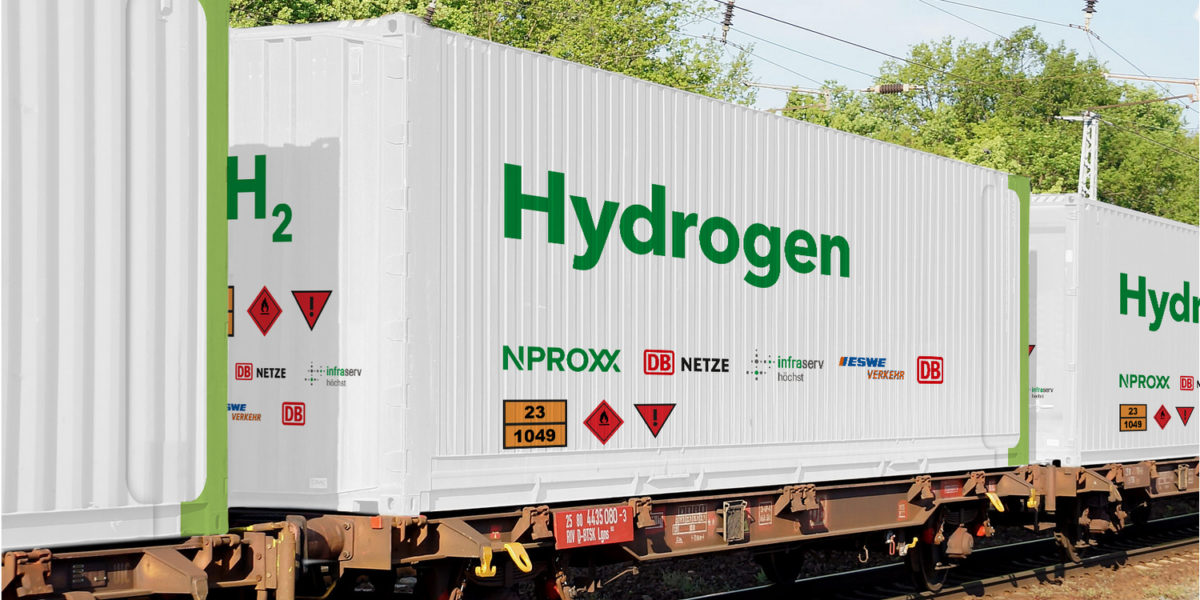
- On 22 February, the Basque Hydrogen Corridor was created in Bilbao between 78 public and private entities of the CAPV. The Basque Government minister, Arantxa Tapia, has solemnly stated that, given that hydrogen is an essential element in the energy transition and the fight against climate change, the Basque Country needs to take a strategic position in this area, with new funds to be made available from Europe to the extent possible, amounting to EUR 400 million, but also without them. Will hydrogen save the energy from crisis and climate change?
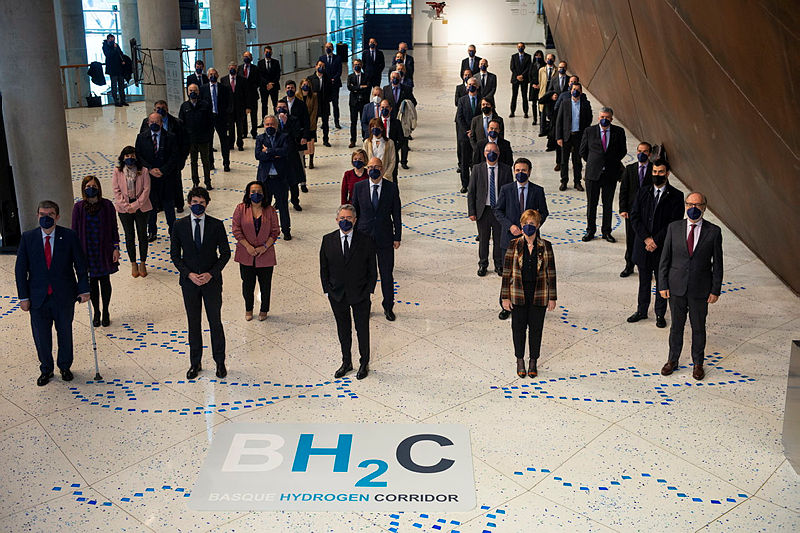
The Basque HydroguCorridor project (BH2C), promoted by the energy multinational Petronor – Repsol, whose president, Emiliano López Atxurra, replacing Josu Jon Imaz, aims to create in the Basque Country a “hydrogen ecosystem” that allows progress in the decarbonisation of the energy, industry, services and mobility sectors. The big project no, the next one. EUR 1,300 million in investment up to 2026, 1,340 direct jobs and 6,700 new indirect jobs, 20,000 tonnes of hydrogen produced per year, 1.5 million tonnes of CO2 emitted into the atmosphere per year…
The benefit that hydrogen must bring to the world is so evident that in this Basque Country, which also organizes participatory processes to decide the colors of the walls of a house of culture, citizens have put us in the train of fascinating hydrogen without the need for extensive debates. It is not an exclusive issue of the CAPV, it is true that there is a large part of the Next Generation EU funds that the European Union has organised to overcome the economic disaster caused by COVID-19.
FOR GREEN THE GREY MULTINATIONALS
Irune Lasa, in his series of articles last February 21 in the Berria newspaper, has explained the expectations of many scientists, energy companies and authorities that decide public strategies in the Basque Country in hydrogen. Given that the European Union has set itself the year 2050 as the deadline for achieving the “zero carbon” target, so that climate warming is kept at 1.5°C, as set out in the Treaty of Paris, the transition from fossil fuels to renewables should be slowed down, as it will take 30 years to air. Today, in oil-moving activities, the main option is to use electricity to “decarbonate” the economy, but since not all economic activities can be carried out with electricity, it has been decided that they can mobilise hydrogen.
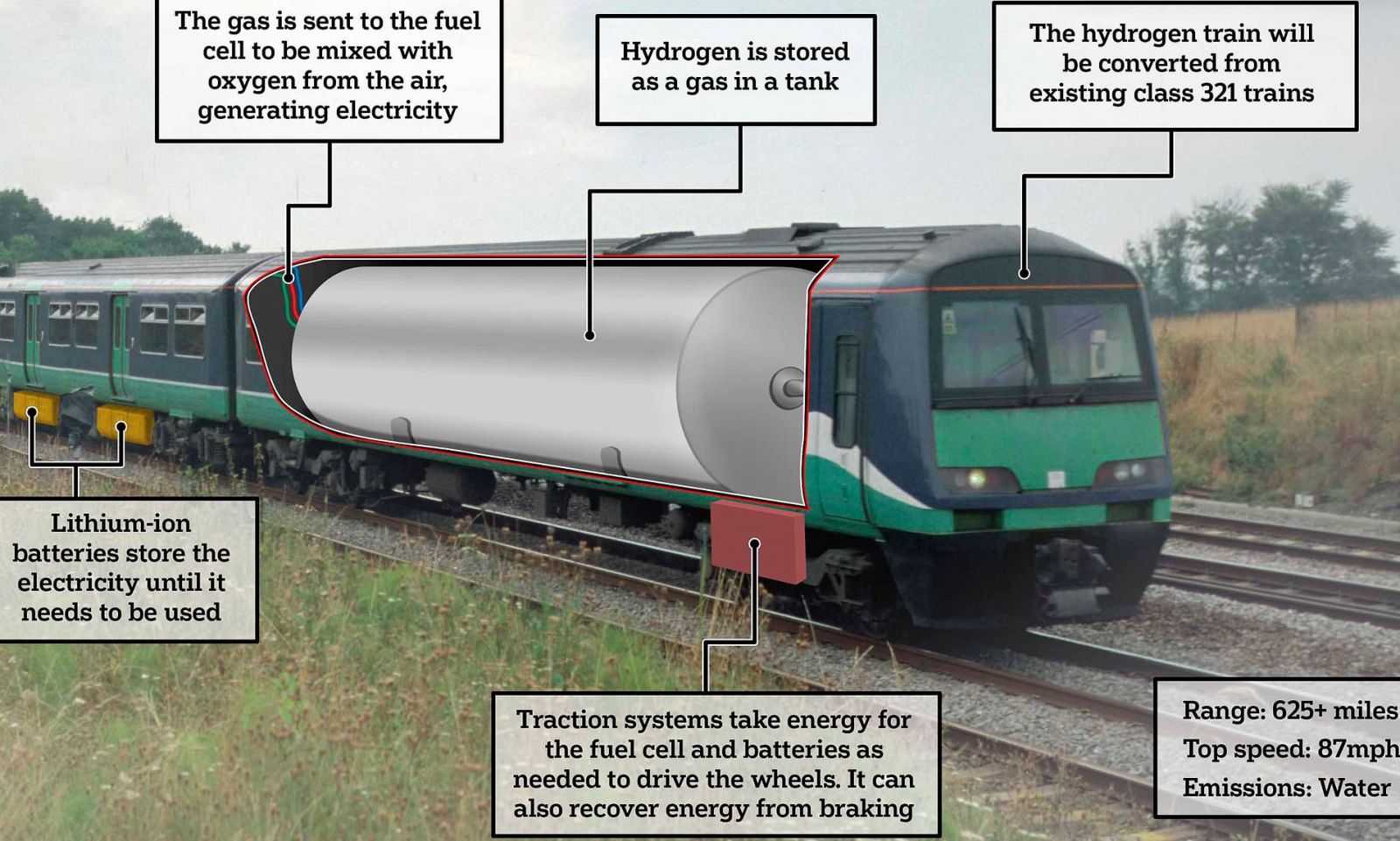
But what hydrogen? There is ‘gray’ hydrogen that polluting industries obtain in their processes from natural gas or ammonia, as does Petronor in Muskiz and Electrochemistry in Hernani, but emitting carbon dioxide into the atmosphere. There is also ‘pink’ hydrogen, which can be produced from nuclear energy, which seems to be that France, full of nuclear, wants to strengthen for these decades of transition.
And finally, there is ‘green’ hydrogen, hydrogen extracted from water (H2O) deoxygen (H2) with other renewable, carbon-free sources… in theory. With green hydrogen, we would have an inexhaustible fuel that, even if generated with very distant renewable energies, such as windmills, solar panels, hydroelectric plants, etc., could be easily obtained, exceeding many limits of networks and electric batteries.
What part of the total economy that is moving with fossil fuels today could mobilize green hydrogen by 2050? In the opinion of the most optimistic, it could cover 24% of total energy demand. 18% of the estimates of the major global companies that make up the Hydrogu-Council. According to the International Renewable Energy Agency IRENA, green hydrogen can cover between 6% and 7% of demand in 2050.
However, the European Union has considered the advancement of green hydrogen as a strategic challenge. By 2024 it aims to reach a capacity of six Gigavatios to produce one million tons of hydrogen per year in electrolizers, infrastructures that constitute the first step in the generation of hydrogen by eliminating water. By 2030 it is intended to achieve a power of 40 GW in electrolysers, by producing 10 million tonnes of hydrogen per year. To this end, the European Union plans to invest between EUR 180,000 and EUR 470,000 million until 2050.
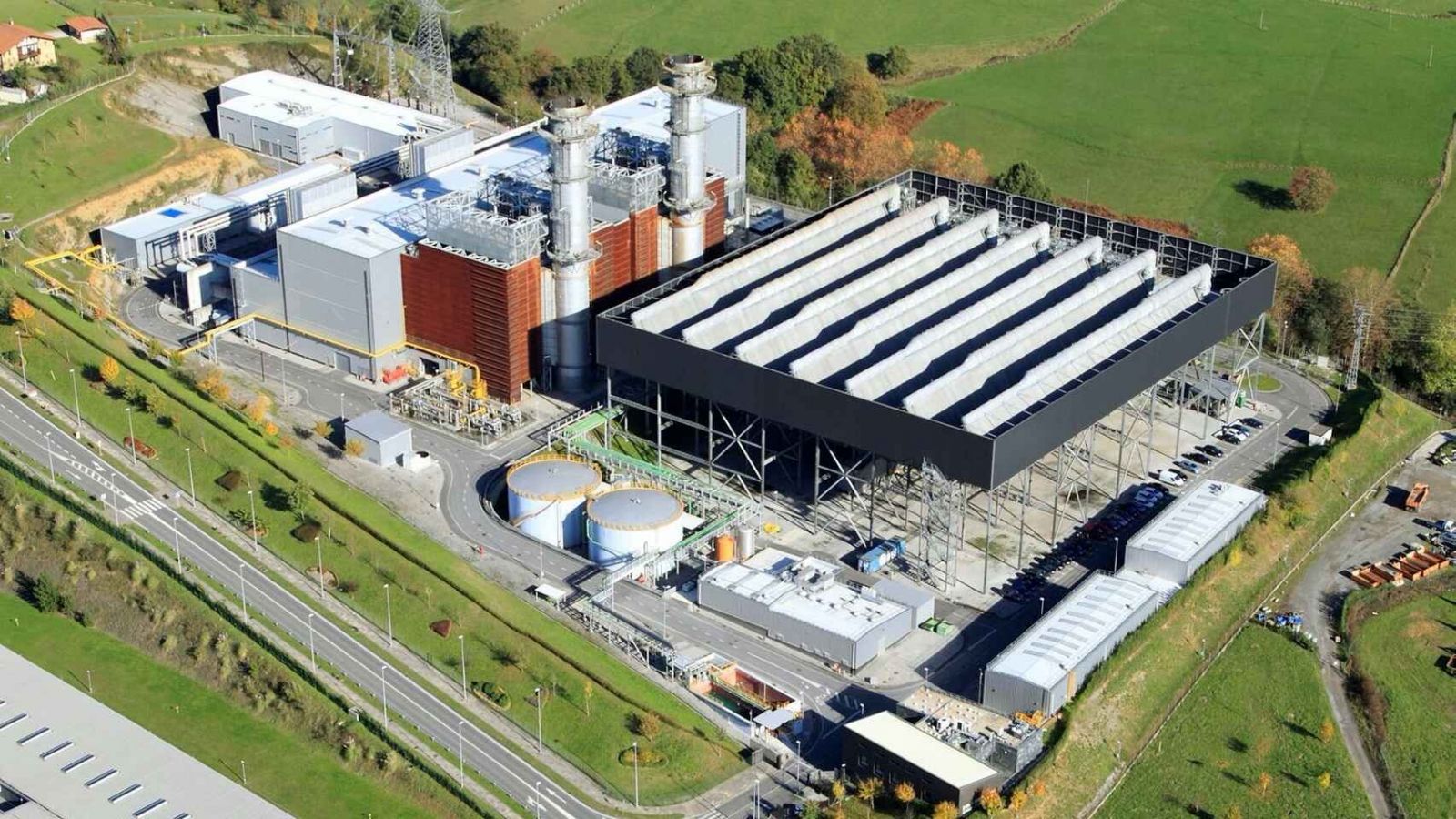
Coming to the Basque Country, many of the hydrogen projects organised are located within the Basque Country Next of the Basque Government and compete for being among those selected by the European Union in the spring of 2021. Most of the investments are for research and prototyping for research and demonstration of new technologies and procedures. Your later conversion into products and business lines will be seen later. However, they need large investments to undertake, and to do so they call for public investment.
Petronor, leader of the Basque Hydrogen Corridor at the CAPV, branch of the Spanish multinational Repsol, is already manufacturing gray hydrogen using natural gas and European funds to address green hydrogen from Muskiz’s own refinery, through the construction of 100 Megawatt electrolizers and the production of “neutral carbon” synthetic fuels with CO2 recovered in Muskiz.
The multinational Iberdrola and Zamudio's engineering company, Iberlyzer, are another company that is looking for public money for hydrogen to make electrolizers. Electrolysers are the key to competitiveness at the price of green hydrogen and the European Union has a particular interest in its development. Tecnalia, the CAPV's main private research centre, also competes in the same field.
Nortegas, a branch of the Spanish multinational in Boroa (Amorebieta, Bizkaia), today produces electricity by burning natural gas and wants to obtain subsidies for the production of 1,500 tonnes of green hydrogen per year. They involve, in addition to a number of international investors, the engineering Bizkaia Energía y Sener, which designed the Lemoiz nuclear power plant and the incinerator Zabalgarbi. For the young reader to know, in 2022 it will be 20 years since the neighbours of Amorebieta voted in a referendum in favour of the non-construction of this plant in Boroa… obviously, as has been seen later.
Along with these three giants specializing in fossil energy production, two major energy consumers also want to be leaders in hydrogen. CAF, an already multinational railway company created in the Guipuzkoan Goierri, is interested in the use that hydrogen can have on trains, especially in those where electrification is too expensive, and in buses, in which it competes via its subsidiary Solaris.
The company Adimde, which brings together the maritime industry of Gipuzkoa and Bizkaia, also wants to play in the hydrogen league. What is more, according to those responsible, the shipyard Balenciaga has already begun to manufacture hydrogen powered boats.

AFRICAN HYDROGEN
Enric Juliana, a Catalan journalist who gives special credibility to the sources of the Basque Nationalist Party, summarizes in the newspaper La Vanguardia the new Basque hydrogen fever as follows: “The production of green hydrogen is the main imperative extended by the German industry to be able to decarbonise without the need for atomic energy, one of the main French forces (…). Basque HydrogCorridor, is the Spanish production of green hydrogen that Petronor -Repsol has written with the active support of the Basque Government.” Decarbonize the economy with new, efficient, cheap, clean and inexhaustible fuel. Will all of this get green hydrogen?
Another expert we have brought to the pages of Argia more than once is the physicist Antonio Turiel, who works at the university and at the Spanish Center for Scientific Research (CSIC). In the blog The Oil Crash explained long and tended the incapacities of hydrogen to achieve these objectives, as well as to bring to light a play that is behind this wager.
First of all, hydrogen is not the source of energy, for example, to get that H2, you have to spend real energy, so it doesn't make sense that other energies that are already decreasing are dissipated in hydrogen production, at least massively. On the other hand, there are other “problems” of hydrogen: in order to keep it at high pressure it needs thick, charged containers, over-oxidize the pipes to be able to use the natural gas pipeline, they have very low efficiency in cars, they require scarce metals such as platinum in the batteries to be able to use in the means of transport, etc.
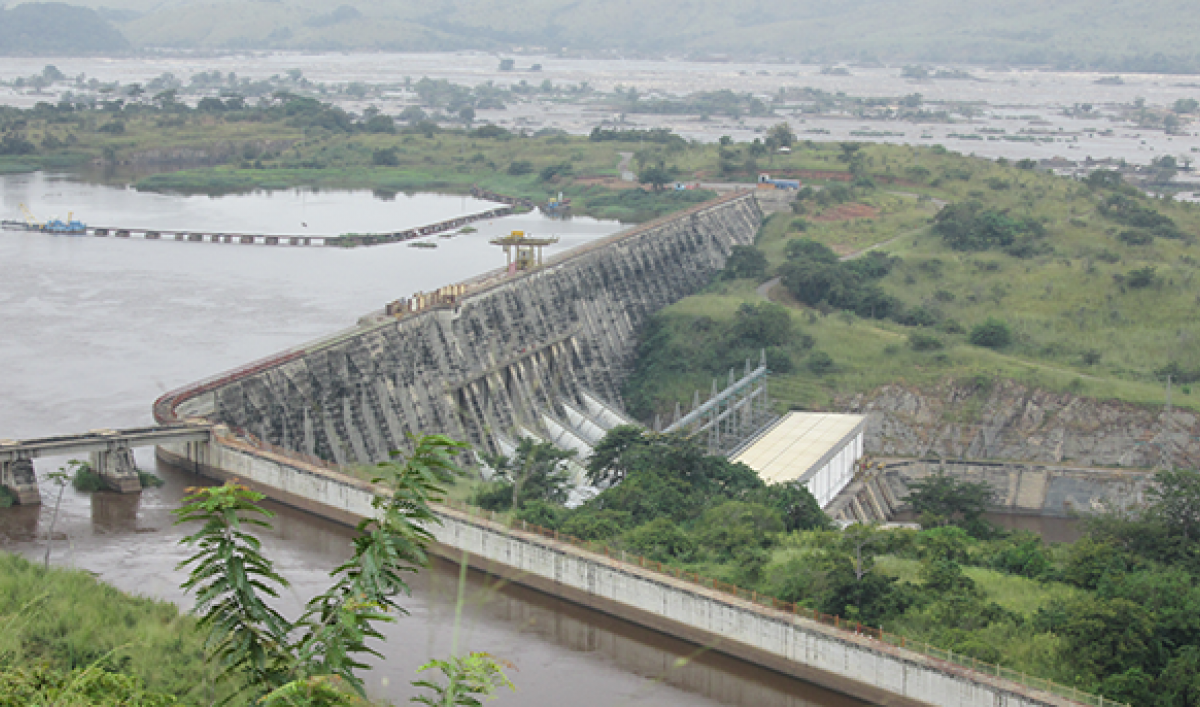
If all of this is so, what comes this hydrogen fever? And why is there so much talk about the hydrogen train? The key – says Turiel – is in the hydroelectric power plant that is being built on the Kongon Inga river with the intervention of Germany. This reservoir will be colossal and will produce 44 Gigawatios, the largest reservoir in the world, twice that of the Three Foces of China. The German industry and the government have recognised the objective of bringing to Europe the green hydrogen produced by hydrolysis.
How? It will be brought by train much faster than by boat – the hydrogen produced today in Congo could reach Germany in two or three days, and in Africa, in the absence of an electrified rail network, it makes sense to move by hydrogen. “Therefore,” says Turiel, “you know, this very modern issue of the hydrogen train covers at the base a much older and darker story: colonialism, in this case energy. We traveled to Africa to withdraw their latest resources, renewables. But those who design plans are not aware that the capacity of the whole of Africa in renewables will not be enough to meet the current European energy waste.”
Spain, including the Basque Country, has a special role to play, and that is the supply of Europe until the arrival of African hydrogen. Spain already generates more electricity than it can consume and consumption has been declining since 2008. However, more and more permits are required for the implementation of wind and photovoltaic power plants in Spain. This contradiction can be explained by the hunger for energy in Europe. It is important to make a commitment to green hydrogen as it explains the problems France has with its nuclear power stations.
Spanish energy companies, which kill Turiel, expect great benefits to the approach of the new European Green Pact “that’s why they blindly protect green hydrogen with all its paraphernalia. (…) Green hydrogen for the rest of Spanish companies and citizens is a gamble that leads to failure, at least on this scale and organised for that purpose.”
TO CONTINUE TO CONSUME LIKE
Ugo Bardi, a chemist and expert in energy crisis, author of an ARGIA Larrun, was already working in hydrogen research in a Berkeley laboratory in the working group for the development of a bunch of fuels that is the center of new technology, twenty years before Jeremy Rifkin published his book The Hyinarcotics Economy. Bardi has seen hydrogen dancing in the music of the different oil crises since 1980, with the first oil shock in 1980, after the first war in the Arab Gulf, when in 2001 there was the attack of the Twin Towers of New York ..., and every time the fascination of hydrogen was kindled and disappeared from the press when black gold became cheap again. However, after many years of working on hydrogen technology, Bardi has also resigned and explains that the major technical problems that had not been solved 40 years ago are still suspended for hydrogen. He has recently written in his blog “The Hydrogen Fraud: The Recognition of a Former Hydrogenist”.
It reads as follows: “The ‘hydrogen economy’ is like a zombie, and before they run out again and again, it comes back again. Hydrogen dazzles people, because they sell it, which is what will give us the way to keep doing everything we've done so far without sacrificing anything and changing anything. Unfortunately, reality is not a Hollywood movie and the coin has its back. Hydrogen is a fantasy that prevents us from launching real innovations to remove fossil fuels from all energies.”
